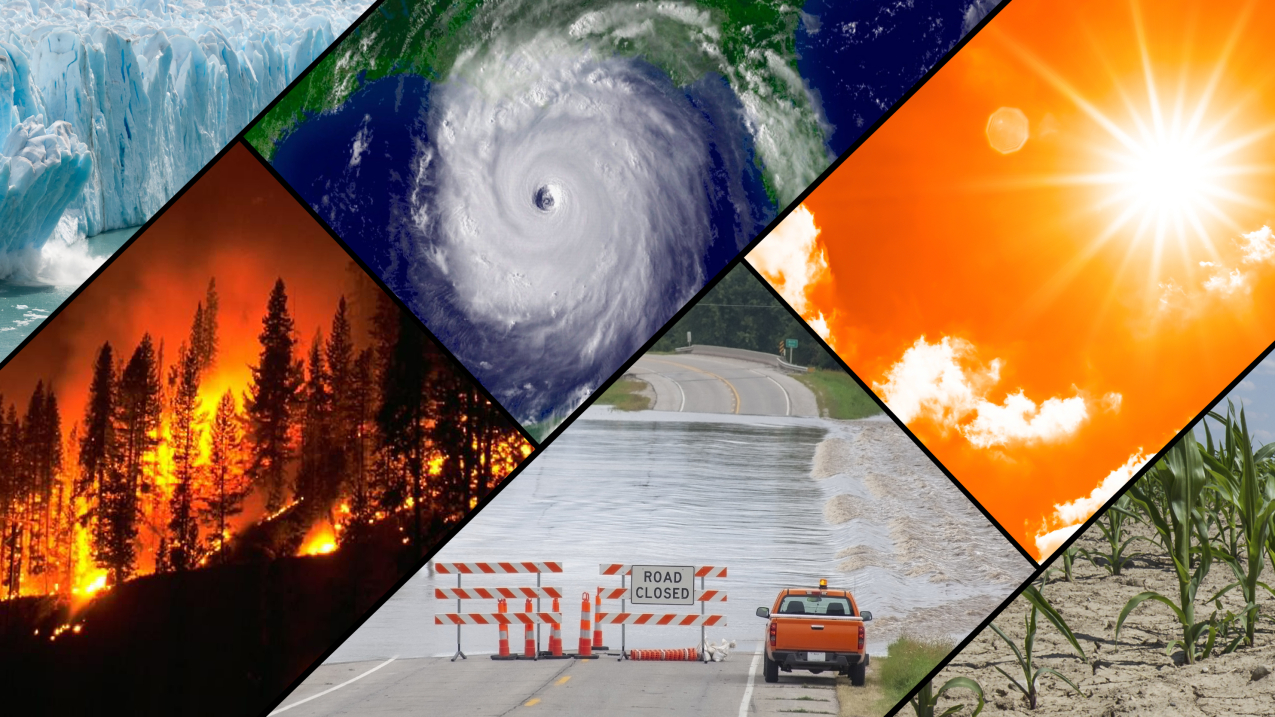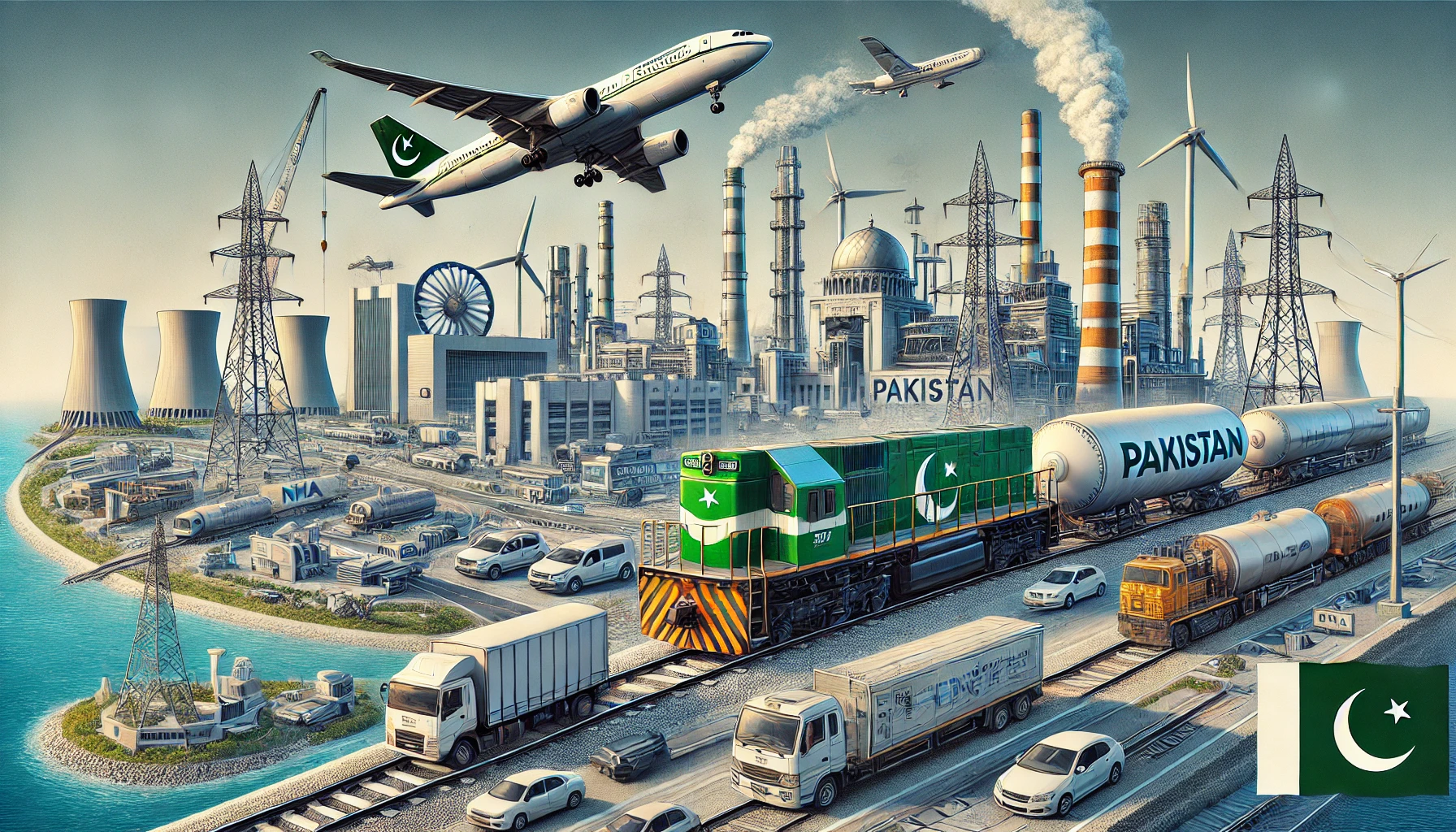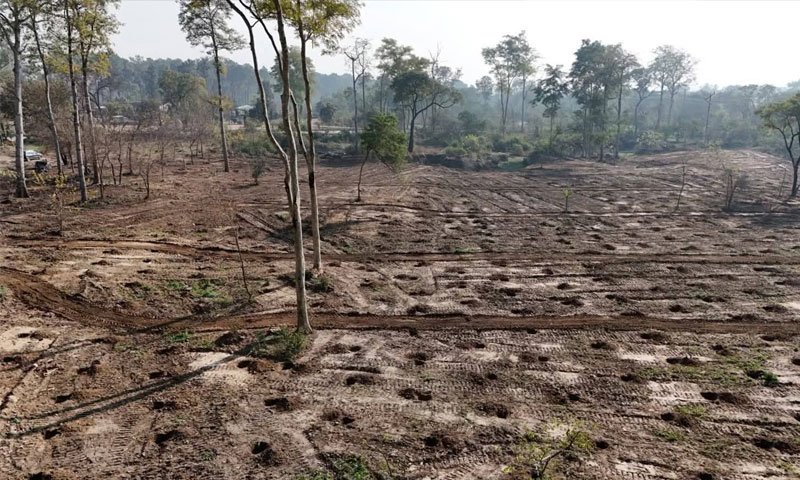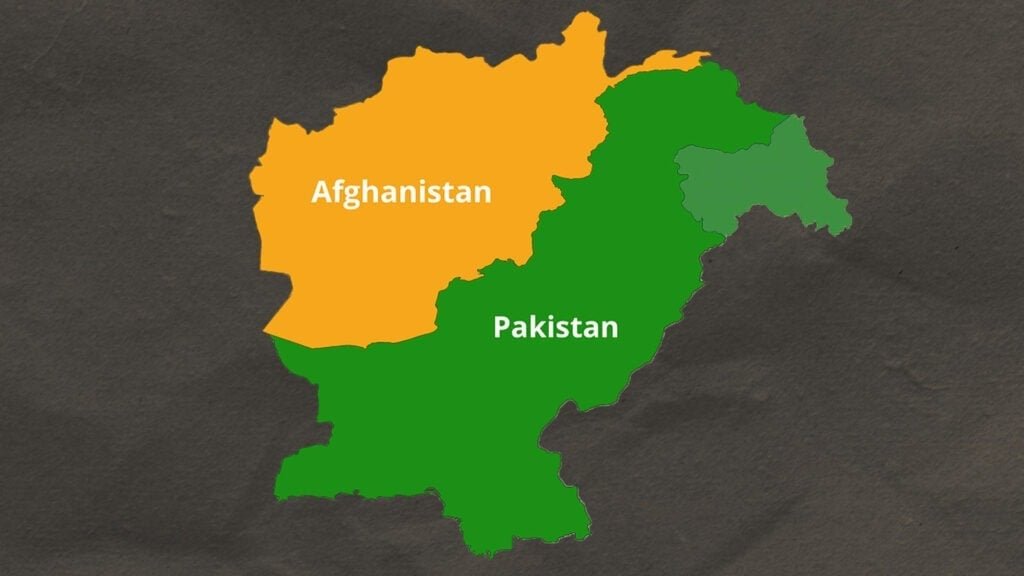Arshad Mahmood Awan
Climate change is one of the most pressing challenges facing the world today. It threatens the environment, human health, food security, economic development, and social stability. Here are some of the main challenges of climate change in the world:
Global pollution: Climate change is caused by the accumulation of greenhouse gases (GHGs) in the atmosphere, mainly from burning fossil fuels, deforestation, agriculture, and industrial processes. These GHGs trap heat and warm the planet, leading to various impacts such as melting ice caps, rising sea levels, extreme weather events, and biodiversity loss. Unlike local pollutants that can be contained or reduced within a specific area, GHGs are global pollutants that affect the whole world regardless of where they are emitted. This makes it difficult to assign responsibility and accountability for reducing emissions and mitigating climate change. It also requires international cooperation and coordination among countries with different interests, capabilities, and priorities.
Future uncertainty: The effects of climate change are not only happening now but also projected to worsen in the future. However, there is a lot of uncertainty about how much the climate will change, how fast it will happen, and the consequences for different regions and sectors. This uncertainty makes it hard for policymakers, businesses, and individuals to plan and adapt to changing conditions. It also creates a gap between the current costs of taking action and the future benefits of avoiding damages. Many people may feel they need more urgency or motivation to act on climate change if they perceive it as a distant or hypothetical problem.
Causal complexity: Climate change is a complex cause-and-effect problem that can be easily solved by identifying and eliminating a single source. Instead, it is a complex and multifaceted phenomenon that involves multiple factors, feedback, and interactions at different scales and levels. For example, climate change can affect the frequency and intensity of natural disasters such as droughts, floods, storms, and wildfires, damaging infrastructure, disrupting supply chains, displacing populations, and increasing conflicts. These impacts can exacerbate poverty, inequality, hunger, disease, and violence, contributing to GHG emissions and climate change. Thus, addressing climate change requires a holistic and systemic approach considering the interconnections and trade-offs among various social, economic, and environmental issues.
Development dilemma: Climate change poses a dilemma for developing countries trying to improve their living standards and reduce poverty. On the one hand, they need to increase their energy consumption and economic growth to meet their development goals. On the other hand, they need to reduce their GHG emissions and environmental footprint to avoid worsening climate change. Moreover, they are often more vulnerable to the impacts of climate change due to their geographic location, low adaptive capacity, and high dependence on natural resources1. Therefore, they face balancing their development needs with their climate responsibilities. They also need support from developed countries in finance, technology transfer, and capacity building to achieve low-carbon and climate-resilient development.
Behavioural change: Climate change is not only a technical or scientific problem that can be solved by technological innovation or policy intervention. It is also a behavioural and cultural problem that requires changes in human values, attitudes, norms, and habits. Many of the activities that contribute to GHG emissions are deeply embedded in our daily lives, such as driving cars, flying planes, eating meat, using electricity, and buying goods. These activities are influenced by various psychological, social, and institutional factors that shape our preferences, motivations, expectations, and behaviours. Therefore, tackling climate change requires changing the physical infrastructure and systems that enable these activities and changing the human mindsets and behaviours that drive these activities. This involves raising awareness, educating people about the causes and consequences of climate change, promoting sustainable lifestyles, creating incentives, removing barriers, fostering social norms, building trust, engaging stakeholders, empowering communities, and inspiring action.
These are some of the major challenges of climate change in the world. They are not insurmountable but require collective efforts from all actors at all levels to overcome them. As UNESCO’s World in 2030 Survey report states: “Restoring confidence in multilateralism requires the implementation of concrete and impactful projects”. We all have a role to play in making this happen.
Please, subscribe the website of republicpolicy.com
Pakistan is one of the most vulnerable countries to climate change, facing multiple risks such as rising temperatures, erratic rainfall, melting glaciers, sea level rise, floods, droughts, heat waves, and cyclones. These risks seriously challenge Pakistan’s socio-economic development, food security, water availability, energy production, health, and biodiversity. Therefore, Pakistan must take urgent and compelling actions to adapt to climate change and reduce its negative impacts. Here are some possible ways that Pakistan can counter the challenges of climate change:
Developing and implementing a National Adaptation Plan (NAP): A NAP is a strategic and comprehensive framework for identifying, prioritizing, and implementing adaptation actions at the national and sub-national levels. Pakistan officially began creating a NAP in March 2023, with the support of the UN Environment Programme (UNEP) and the Green Climate Fund. The NAP will help Pakistan to integrate adaptation into its policies, plans, and budgets, enhance its capacity to cope with climate variability and change and address the needs and vulnerabilities of different sectors and regions. The NAP will also help Pakistan to enhance its adaptation elements in its Nationally Determined Contributions (NDCs), which are the commitments made by countries under the Paris Agreement to reduce greenhouse gas emissions and adapt to climate change.
Strengthening climate information services and early warning systems: Reliable and timely climate information and forecasts are essential for planning and implementing adaptation actions. Pakistan needs to improve its climate observation, monitoring, modelling, and projection capabilities, develop user-friendly and accessible climate information products and services, and disseminate them to relevant stakeholders and communities. Pakistan also needs to enhance its early warning systems for extreme weather events such as floods, droughts, heat waves, and cyclones and ensure that they reach the most vulnerable groups in a timely manner. These measures will help Pakistan to reduce the risks and losses from climate hazards, increase its preparedness and response capacity, and facilitate informed decision-making for adaptation.
Promoting ecosystem-based adaptation (EbA): EbA is an approach that uses biodiversity and ecosystem services to help people adapt to the adverse effects of climate change. EbA can provide multiple benefits, such as enhancing water availability, soil fertility, food production, carbon sequestration, disaster risk reduction, and livelihood diversification. Pakistan has a rich and diverse natural heritage that can be harnessed for EbA. For example, Pakistan can restore its mangroves, wetlands, forests, grasslands, and coral reefs, conserve its wildlife and genetic resources, and promote sustainable use of its natural resources. These actions will help Pakistan to maintain or enhance its ecosystem functions and services, increase its resilience to climate shocks, and support its socio-economic development.
Building climate-resilient infrastructure: Infrastructure is vital for Pakistan’s economic growth, social welfare, and environmental sustainability. However, infrastructure is also vulnerable to climate change impacts such as flooding, erosion, landslides, salinity intrusion, heat stress, and corrosion. Pakistan needs to ensure that its existing and future infrastructure is designed, constructed, operated, maintained, and upgraded with climate change considerations in mind. This includes applying climate risk assessment tools, adopting climate-resilient standards and codes, incorporating green infrastructure solutions, enhancing the adaptive capacity of infrastructure managers and users, and mobilizing adequate financial resources for infrastructure development. These measures will help Pakistan to avoid or minimize the damages and disruptions caused by climate change, ensure the safety and functionality of its infrastructure, and optimize its economic returns.
Enhancing social protection and community-based adaptation: Social protection is a set of policies and programs that aim to reduce poverty, inequality, vulnerability, and social exclusion. Social protection can play a key role in helping people adapt to climate change by providing them with income support, health care, education, insurance, social safety nets, empowerment opportunities, etc. Community-based adaptation is an approach that involves local communities in identifying their own adaptation needs, priorities, solutions, and actions. Community-based adaptation can complement social protection by empowering people to participate in decision-making processes, strengthening their local knowledge systems, building their social capital, enhancing their access to resources, fostering their innovation potential, etc. These measures will help Pakistan improve the well-being of its people, reduce their exposure and sensitivity to climate impacts, increase their adaptive capacity, and ensure their human rights.
Please, subscribe to the monthly magazines of republicpolicy.com
These are some of the possible ways that Pakistan can counter the challenges of climate change. However, these actions require strong political will, effective governance, adequate finance, appropriate technology, sound knowledge, inclusive participation, cross-sectoral coordination, regional cooperation, international support, etc. Pakistan cannot tackle climate change alone but needs to work together with all stakeholders at all levels to achieve a low-carbon and climate-resilient future.















